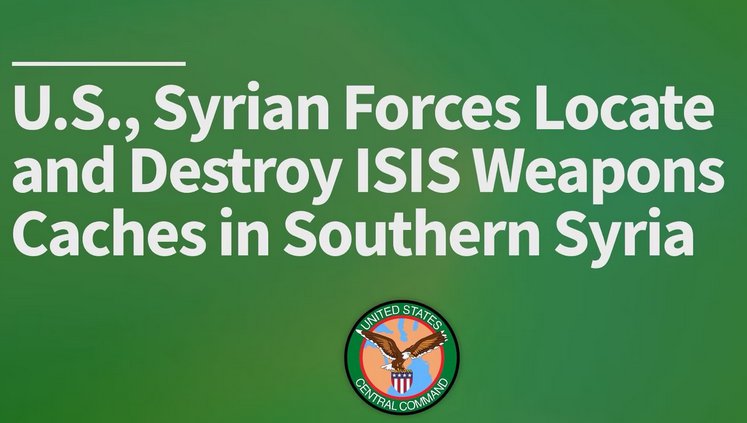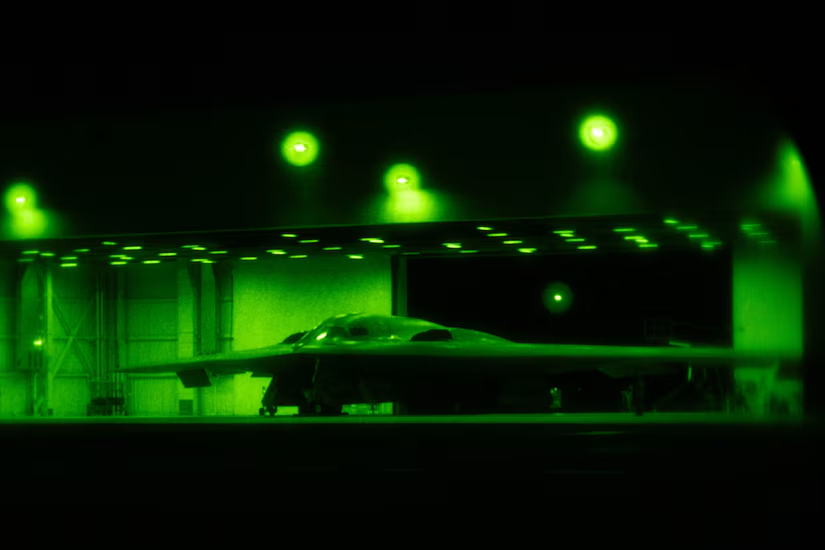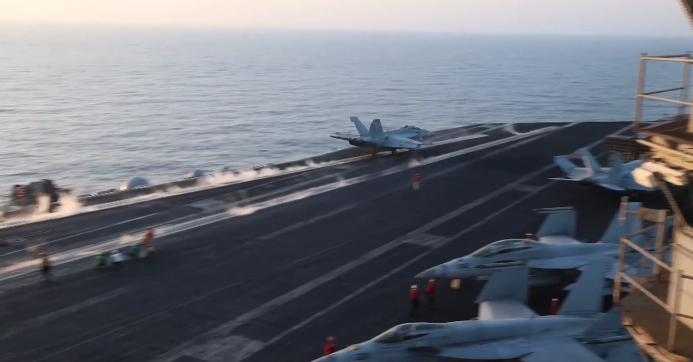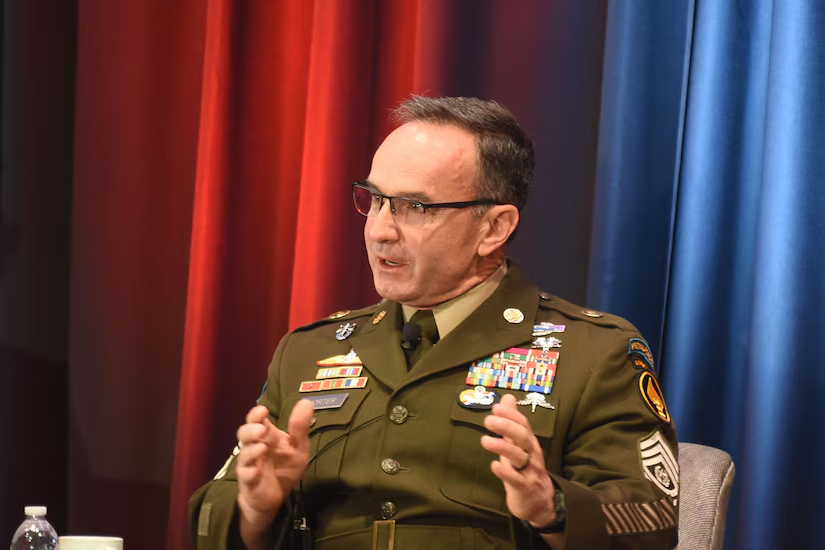On The Radar
- Details
- Hits: 181
 USCENTCOM, (November 30, 2025): - FOR IMMEDIATE RELEASE - Forces from U.S Central Command (CENTCOM) and the Syrian Ministry of Interior located and destroyed more than 15 sites containing ISIS weapons caches in southern Syria, Nov. 24-27.
USCENTCOM, (November 30, 2025): - FOR IMMEDIATE RELEASE - Forces from U.S Central Command (CENTCOM) and the Syrian Ministry of Interior located and destroyed more than 15 sites containing ISIS weapons caches in southern Syria, Nov. 24-27.
U.S. military personnel from Combined Joint Task Force – Operation Inherent Resolve (CJTF-OIR) worked with Syrian forces in identifying and eliminating the ISIS weapons storage facilities across the Rif Damashq province during multiple airstrikes and ground detonations.
Read more: U.S., SYRIAN FORCES LOCATE AND DESTROY ISIS WEAPONS CACHES IN SOUTHERN SYRIA
- Details
- Hits: 1503
 July 10, 2025: On June 22, 2025, about 125 U.S. military aircraft, including seven B-2 Spirit stealth bombers carrying 14 30,000-pound GBU-57 massive ordnance penetrator bombs and a guided-missile submarine firing Tomahawk missiles, participated in Operation Midnight Hammer, which significantly damaged Iran's three nuclear sites.
July 10, 2025: On June 22, 2025, about 125 U.S. military aircraft, including seven B-2 Spirit stealth bombers carrying 14 30,000-pound GBU-57 massive ordnance penetrator bombs and a guided-missile submarine firing Tomahawk missiles, participated in Operation Midnight Hammer, which significantly damaged Iran's three nuclear sites.
An aircraft is shown inside a hanger under green light.
The Defense Threat Reduction Agency contributed to the yearslong development of the GBU-57, the world's largest conventional bunker-busting munition, and worked collaboratively to test and validate its effectiveness before transitioning the bombs to the Air Force, a senior defense official said during a press briefing today.
The agency utilized modeling and simulation to determine the impact of the GBU-57 on hardened and deeply buried targets to ensure a successful outcome for Operation Midnight Hammer.
The full battle damage assessment is still being compiled by the intelligence community and may take some time, the official said.
"We're working to stay ahead of the enemy, and we work to enable our warfighters to be ready, modern and prepared to defeat those who may threaten our homeland, partners or allies with weapons of mass destruction," the official said, speaking of DTRA's broader mission.
Established in 1942, DTRA has undergone various name changes over the years. Still, the mission has largely remained the same — provide solutions to enable the Defense Department to deter strategic attacks on the U.S. and its allies, as well as prevent, reduce and counter WMDs and emerging threats.
WMDs include chemical, biological, radiological, nuclear and explosive materials used in any domain, the official noted, adding that the agency works closely with the intelligence community to understand the intentions of U.S. adversaries regarding weapons of mass destruction.
"We use our deep technical expertise to look for vulnerabilities within those adversary activities, and then we work to exploit those vulnerabilities to change what the adversary is doing, be it to disrupt their development of a weapon of mass destruction, to defeat a weapon of mass destruction device or to destroy their ability to use weapons of mass destruction," the official said.
By David Vergun DOD News
Published with permission of DOD
- Details
- Hits: 1573
 CENTCOM Forces Launch Large Scale Operation Against Iran-Backed Houthis in Yemen Courtesy Video U.S. Central Command Public Affairs
CENTCOM Forces Launch Large Scale Operation Against Iran-Backed Houthis in Yemen Courtesy Video U.S. Central Command Public Affairs
UNDISCLOSED LOCATION, (March 15, 2025): U.S. Central Command Public Affairs. On March 15, U.S. Central Command initiated a series of operations consisting of precision strikes against Iran-backed Houthi targets across Yemen to defend American interests, deter enemies, and restore freedom of navigation.
Published with permission of DOD
- Details
- Hits: 1224
 A soldier sits in front of red and blue curtains and speaks to an audience, not pictured. Army Command Sgt. Maj. Shane Shorter, senior enlisted leader of Special Operations Command, speaks during a panel discussion at the National Defense Industrial Association's 35th annual Special Operations Symposium in Washington, Feb. 20, 2025. Photo by David Vergun, DOD
A soldier sits in front of red and blue curtains and speaks to an audience, not pictured. Army Command Sgt. Maj. Shane Shorter, senior enlisted leader of Special Operations Command, speaks during a panel discussion at the National Defense Industrial Association's 35th annual Special Operations Symposium in Washington, Feb. 20, 2025. Photo by David Vergun, DOD
PENTAGON, (Feb. 25, 2025 ): In terms of warfighting, there needs to be an equilibrium between readiness, modernization and operations, said Army Command Sgt. Maj. Shane Shorter, senior enlisted leader of Special Operations Command, during a panel discussion at the National Defense Industrial Association's 35th annual Special Operations Symposium in Washington, Feb. 20, 2025.
During the wars in Iraq and Afghanistan, special operations forces spent a lot of time deployed to meet the nation's needs, he said.
Read more: SOCOM WORKS TO DETER CONFLICT, WIN IF DETERRENCE FAILS






